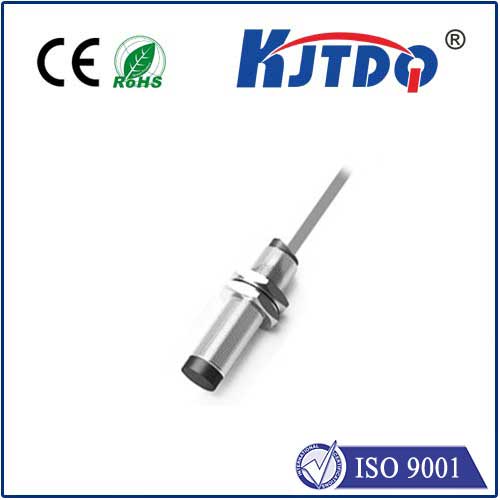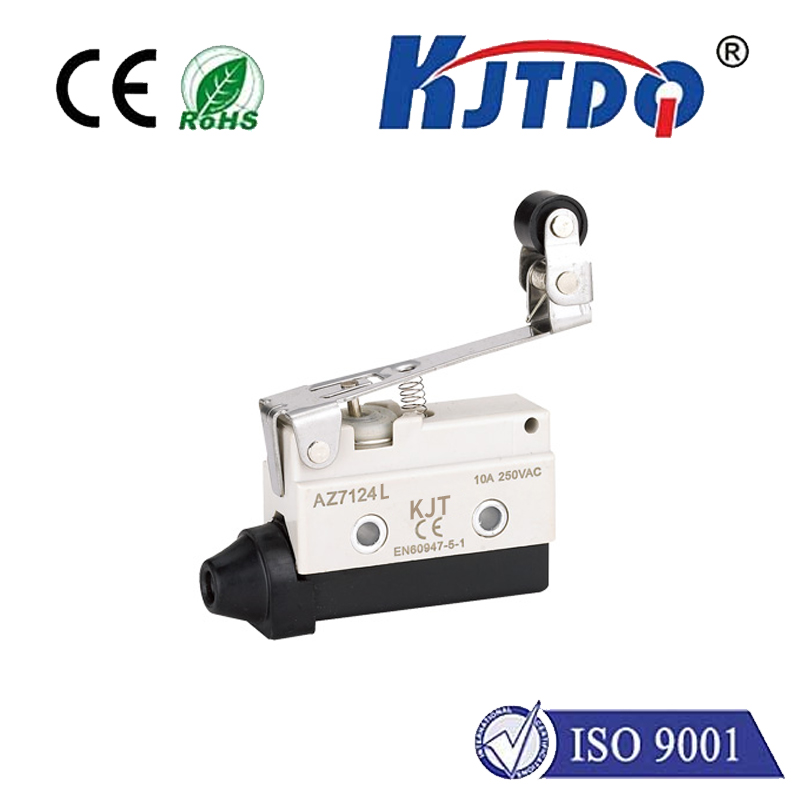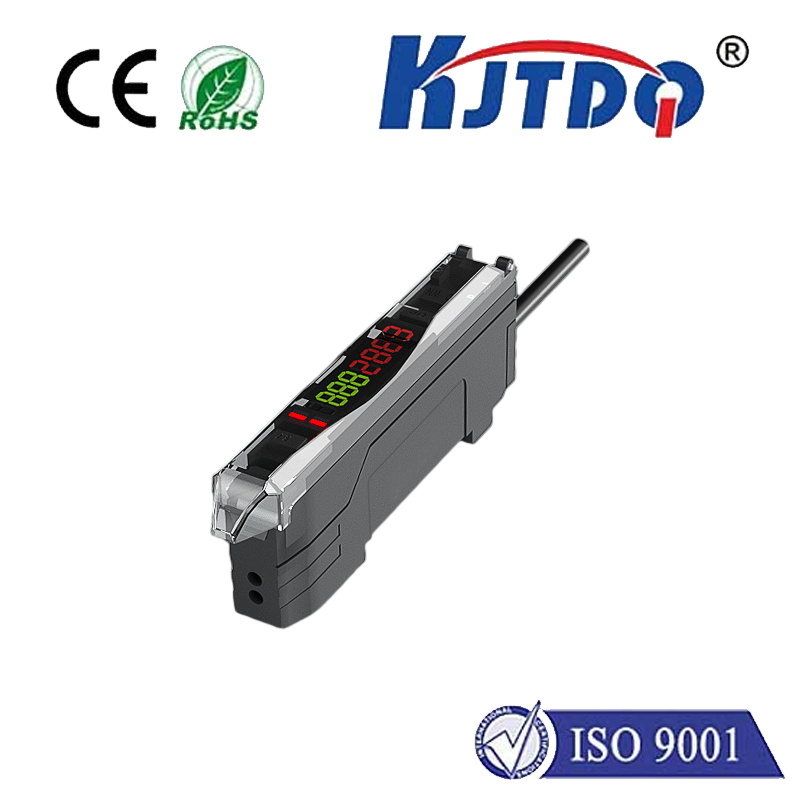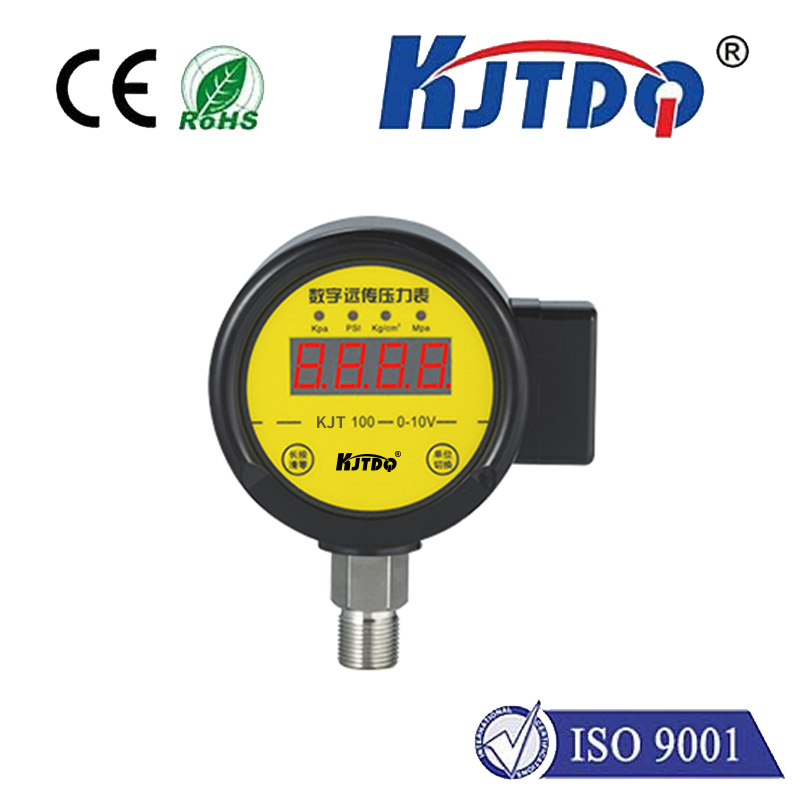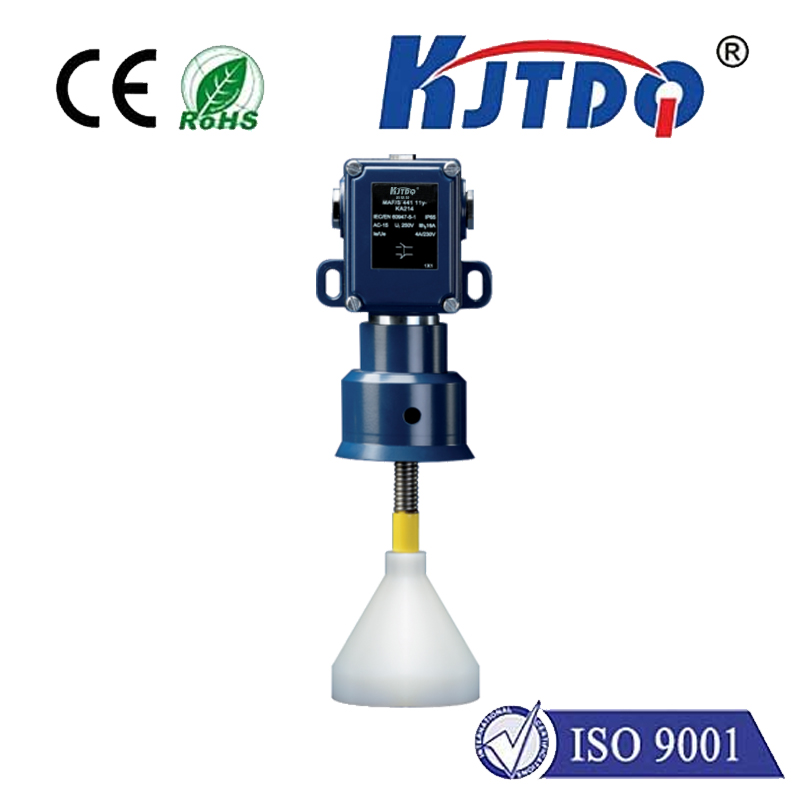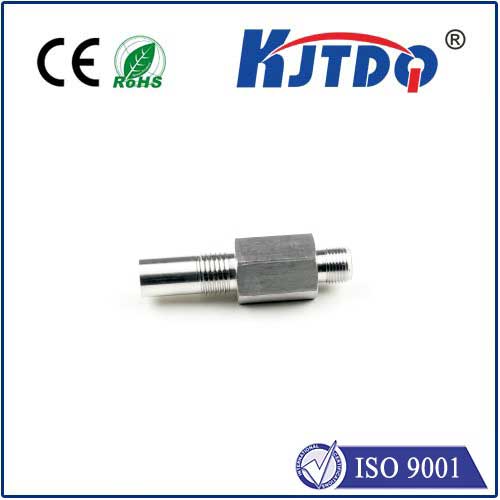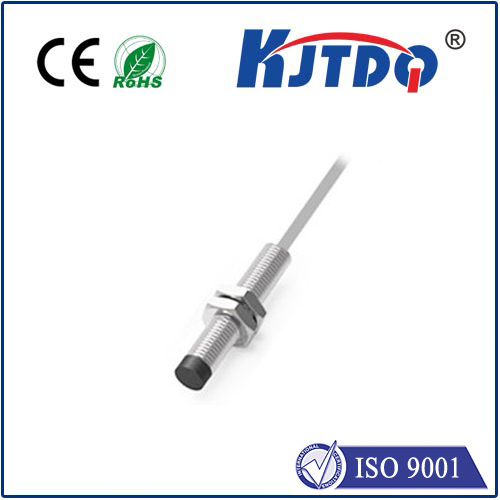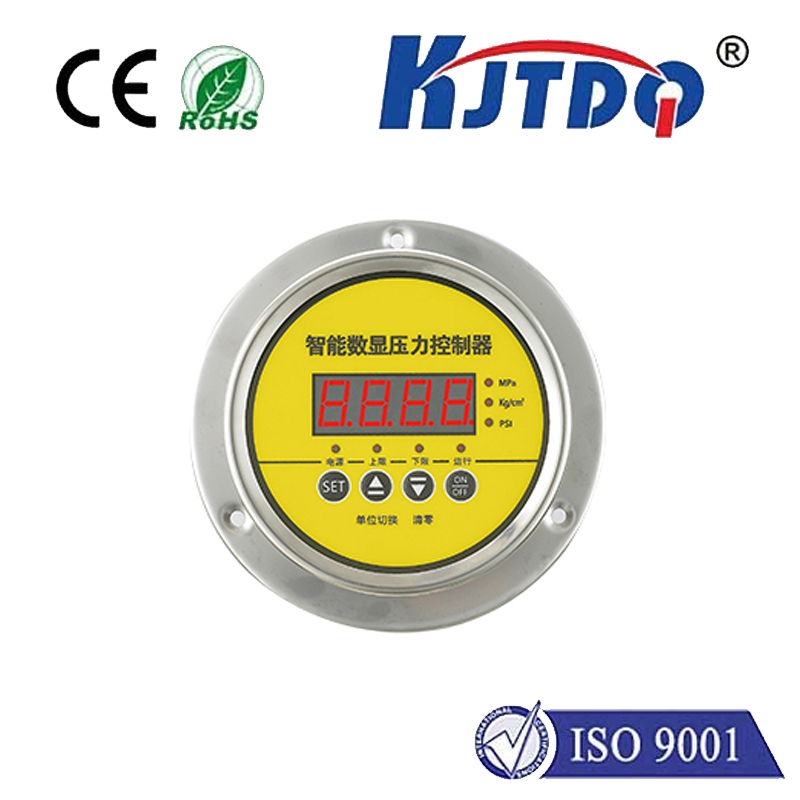лазерный датчик CMOS
- time:2025-08-28 03:15:55
- Нажмите:0
CMOS Laser Sensors: Where Silicon Meets Light for Precision Sensing
Imagine a world where machines see depth with incredible accuracy, self-driving cars navigate flawlessly in pitch darkness, your smartphone unlocks securely in an instant, and gesture controls become fluid and intuitive. This isn’t science fiction; it’s the tangible reality powered by the sophisticated fusion of CMOS technology and laser light - the CMOS laser sensor. This remarkable convergence is revolutionizing how devices perceive and interact with their environment, offering unparalleled precision, efficiency, and integration.
At its heart, a CMOS laser sensor combines a laser light source (often a Vertical-Cavity Surface-Emitting Laser or VCSEL for its compact size and efficiency) with a CMOS (Complementary Metal-Oxide-Semiconductor) image sensor. Unlike traditional sensors relying solely on ambient light, these sensors actively illuminate their target scene with controlled laser pulses. The reflected laser light is then captured by the highly integrated CMOS photodiode array. The magic lies in how the CMOS sensor processes this light, often measuring the time-of-flight (ToF) for each laser pulse to travel to the object and back, calculating distance with remarkable accuracy.
Why CMOS Laser Sensors are Redefining Possibilities

The inherent advantages of CMOS technology are supercharged when combined with laser illumination:
- Unmatched Precision and Range: Active laser illumination enables high-precision distance measurements over significant ranges, far exceeding the capabilities of passive visible light sensors, especially in challenging lighting conditions like low light or direct sunlight.
- Exceptional Speed: CMOS sensors are renowned for their high readout speeds. Combined with fast-pulsing lasers (especially VCSELs), CMOS laser sensors capture depth data incredibly rapidly. This high frame rate is absolutely critical for real-time applications like autonomous driving, high-speed industrial inspection, and responsive gesture recognition.
- Robust Performance Across Environments: Unlike cameras dependent on ambient light, laser-based sensors perform consistently in near-total darkness, bright sunlight, or rapidly changing lighting scenarios. They actively control the illumination, making them highly reliable.
- Compact Size and System Integration: The beauty of CMOS technology is its manufacturability using established semiconductor processes. Integrating the photodiode array, readout circuitry, and often even some processing logic onto a single chip leads to remarkably compact solutions. Integrating VCSELs, which are also semiconductor-based, further shrinks the overall system size. This miniaturization is vital for consumer electronics like smartphones and AR/VR headsets.
- Low Power Consumption: Compared to alternative laser sensing approaches or complex camera systems requiring intense processing, integrated CMOS laser sensors, particularly those using efficient VCSELs, offer significantly lower power consumption. This is a non-negotiable advantage for battery-powered devices.
- Cost-Effectiveness: Leveraging high-volume CMOS manufacturing processes inherently drives down unit costs over time, enabling the proliferation of this technology into mass-market applications.
Diverse Applications Transforming Industries
The unique capabilities of CMOS laser sensors have propelled their adoption across a wide spectrum:
- 3D Depth Sensing & Computer Vision: This is the cornerstone application. Found in smartphones for facial recognition (Face ID, secure unlocking), augmented reality (AR) effects requiring depth understanding, and photography enhancements like portrait mode. They are essential for spatial mapping in robotics and drones.
- LiDAR (Light Detection and Ranging): Core to the autonomy revolution, CMOS laser sensors are fundamental components in solid-state LiDAR systems for self-driving cars, drones, and even warehouse robots. They create high-resolution 3D point clouds of the surrounding environment in real-time.
- Gesture Recognition & Human-Machine Interfaces: Enabling touchless control for devices, interactive kiosks, gaming consoles, and smart home systems by accurately tracking hand and finger movements.
- Industrial Automation & Metrology: Used for precise object detection, positioning, dimensioning (size and volume measurement), bin picking, quality control, and monitoring complex assembly lines with high speed and reliability.
- Security & Surveillance: Enhancing perimeter security, people counting, intrusion detection, and even fall detection systems due to their ability to work in darkness and provide accurate distance data.
- Emerging Fields: Finding roles in medical imaging, agriculture (crop monitoring), logistics (pallet scanning), and smart infrastructure monitoring.
Looking Ahead: The Integrated Photonics Frontier
The evolution of CMOS laser sensor technology is far from stagnant. A key frontier is integrated photonics, aiming to co-fabricate not just the CMOS sensor circuitry and photodiodes, but potentially also the laser source (VCSEL) and optical waveguides directly on the same silicon chip. This level of integration promises even smaller form factors, potentially lower costs, enhanced performance stability, and higher reliability by drastically reducing the number of discrete components and interconnects.
Выводы
CMOS laser sensors represent a powerful synergy of light and silicon. By merging the active illumination and precision of lasers with the high integration, speed, and cost-effectiveness of CMOS technology, they deliver robust, high-performance, and compact sensing solutions. As advancements in semiconductor manufacturing, laser efficiency, and integrated photonics continue, CMOS laser sensors will undoubtedly become even more pervasive, driving innovation across countless industries and fundamentally changing how machines perceive and navigate our world. Their ability to deliver precise depth perception reliably, efficiently, and affordably makes them a cornerstone technology for the intelligent systems of today and tomorrow.

